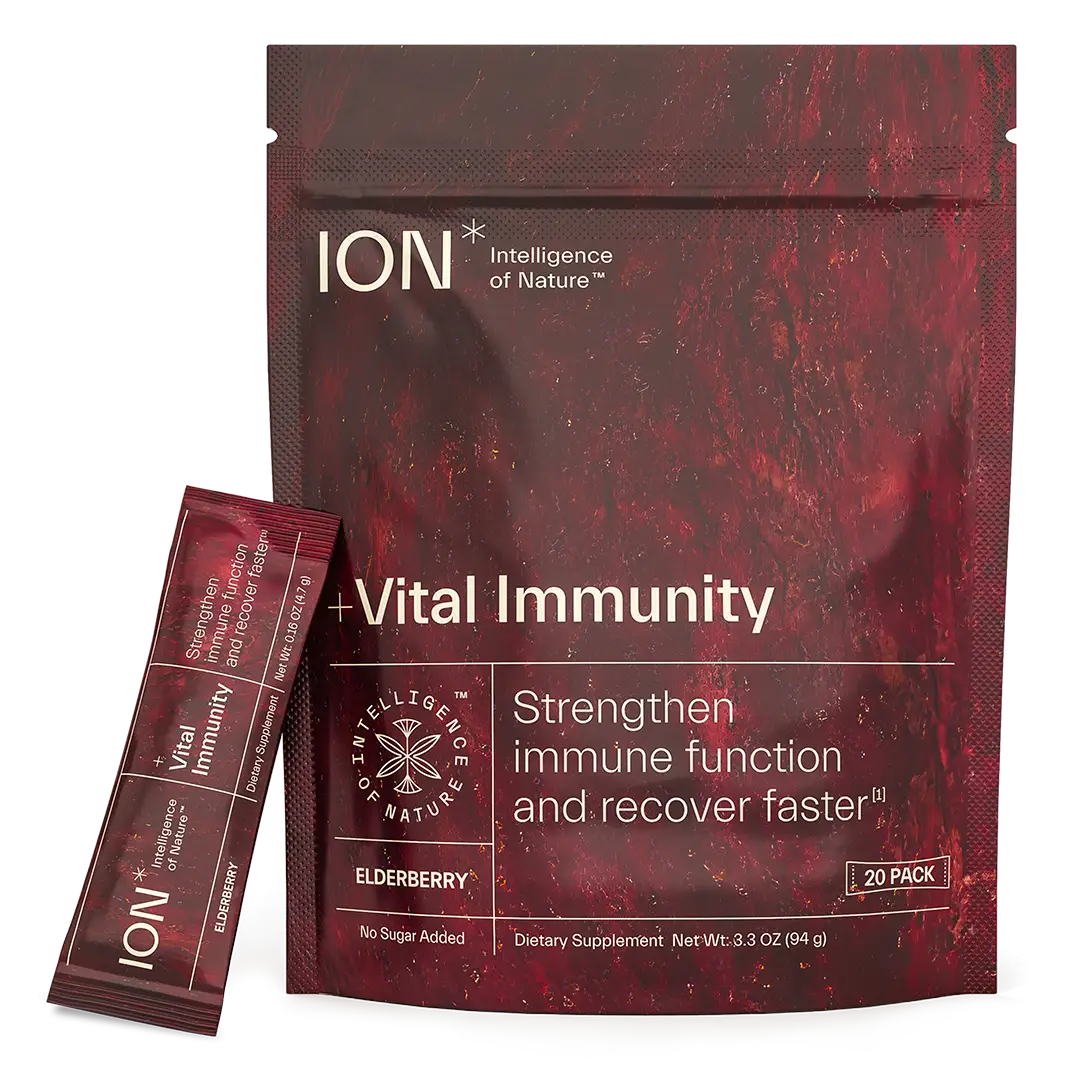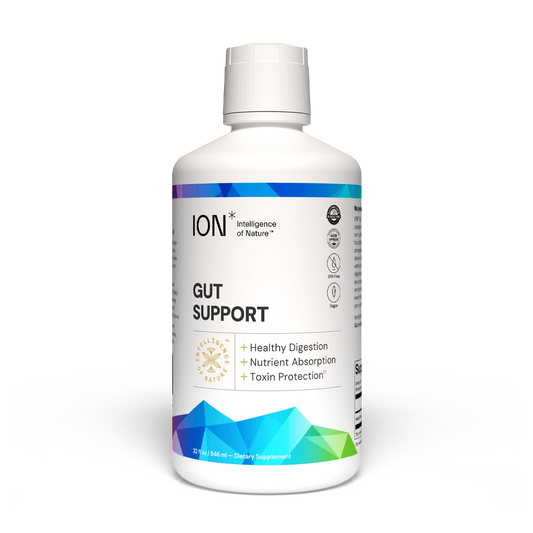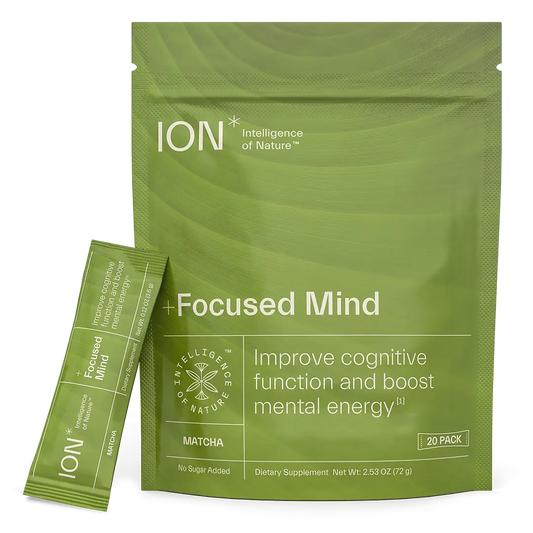
In response to this adaptation, we have developed internal circadian rhythms that affect events such as feeding, body temperature, sleep-wakefulness, hormone secretion, and metabolic homeostasis1. And besides the body’s circadian clock rhythm, peripheral clocks exist in most tissues, such as the liver, gut, heart, and retina2. Needless to say, your entire body is on a schedule.
Fasting is a natural part of your body’s rhythms
Although these natural evolutionary changes took millions of years, technology has accelerated changes in daily human behavior. Over just the last century, modern conveniences such as artificial lighting, air-travel, and constant access to food and entertainment have disrupted our bodies’ natural rhythms. One hundred years ago there were no stores open 24 hours a day and no TVs to binge watch.
Let’s consider the impact of living in a society that undermines many of the natural rhythms of our bodies.
Functioning well, your microbiome is highly dynamic with daily variations in the types of bacteria, protozoa, and fungi, and most of these fluctuations coming from diet and feeding/fasting rhythms3. However, overconsuming, which disrupts those rhythms, diminishes many of these fluctuations. Decreased microbiome diversity is considered an indicator of an unhealthy microbiome and has been linked to different chronic conditions such as obesity and type 2 diabetes4.
Fortunately, we can re-establish these population fluctuations using fasting techniques that have been shown to create a strong anti-inflammatory and immunomodulatory effect in the body5. While it’s important to focus on what you eat, there is also much to be said about when you eat.
How to reignite your natural rhythms
Fasting is an ancient practice with roots in both practicality as well as religious ritual, and as little as a century ago, didn’t create such a perceived change in eating habits. Today, however, fasting may sound like running a marathon, hard to imagine personally being able to achieve. The reason for this feeling is due to the almost constant availability of food and the late-night opportunity for snacking. Because we do not enter fasting until nearly 12 hours after our last meal, it is rare that our bodies reach that condition with modern-day eating rhythms. So, what is fasting and how do we get there?
First, it’s important to understand the difference between digesting and fasting. Your body is in the digesting state when it is absorbing food. Typically, the digesting state starts when you begin eating and lasts for 3-5 hours. When you are digesting, it is extremely hard for your body to burn fat because your insulin levels are high. Once digesting is complete, your body needs 8-12 hours after your last meal to enter fasting mode.
When you start fasting, you initially burn through glucose stored in the liver. The liver holds about 700 calories of glucose and it takes roughly 10-12 hours to use those energy stores. Once this process is complete, you can begin to use fats for energy in a process called metabolic switching. Your body may begin burning fat anywhere from 12-14 hours after you begin fasting, with this number varying based on how much glucose you have stored.

The 5 vast and lasting health benefits of fasting
In addition to burning fat, fasting has been shown to promote an increase in your body’s stress resistance, increase longevity, and decrease incidence of diseases, including cancer and obesity6. And that’s truly just the tip of the iceberg. The benefits of realigning with your body’s natural rhythms are far reaching.
1. Lowers Blood Pressure
In one study on fasting, results showed that periodic fasting followed by 3 months of a modified DASH diet induced microbiome and immune system gene changes specific to fasting itself, leading to a sustained blood pressure benefit which was not seen in the patients who followed the DASH diet alone. The DASH diet is defined as a diet rich in fruits, vegetables, whole grains, and low-fat dairy foods7.
2. Improves Brain Repair
Another study on fasting demonstrated that it could induce a dramatic upregulation of autophagy in some types of neurons. Autophagy is the body's way of cleaning out damaged cells, to regenerate newer, healthier cells. Without neuronal autophagy there is greater potential for degenerative diseases. The researcher’s observations that a brief period of food restriction can induce widespread upregulation of autophagy in the central nervous system’s neurons suggests fasting may have a neuroprotective effect8.
Explore the relationship between your gut and brain.
3. Improves Insulin levels
After 5 weeks of a specific type of early-day food intake fasting, one study found improvement in insulin levels, insulin sensitivity, β cell responsiveness (β cells make insulin, a hormone that controls the level of glucose in the blood), blood pressure, and oxidative stress levels in men with prediabetes9.
4. Improves Immune Response
Hundreds of studies show that healthy fasting exerts a strong anti-inflammatory and immunomodulatory effect, but what specifically changes in the gut? Fasting affects the composition of T cells in parts of the mucus membrane in the gut. With a reduction of IL-17 producing T cells, this plays a critical part in immunity to foreign substances. These studies also show that fasting increases the numbers of Regulatory T cells (Tregs) which are a specialized subpopulation of T cells that act to suppress immune response, thereby maintaining homeostasis. This increase in Tregs has also been shown to inhibit T cell proliferation and play a critical role in preventing autoimmunity issues10.
Boost immune health through your gut!
5. Increases Microbiome Diversity
Evidence of the impact of fasting on the gut microbiome is shown in the fecal microbiome of individuals practicing long-term fasting. Their microbiome was significantly richer and more diverse than in people eating typical western diets. In one study, it was found that fasting increased bacteria richness, and that the microbiome richness was inversely correlated with circulating levels of leptin that is a hormone that regulates body weight. These results are in accord with published data showing that reduced gut microbiota richness is associated with higher leptin and lower adiponectin serum levels, consistent with a pro-inflammatory systemic phenotype (someone with a genetic disposition for having chronic inflammation).
When separate researchers looked at the microbiome diverse population in those fasting, they found striking effect with enrichment of the specific Bacteroidaceae, Lactobacillaceae and Prevotellaceae families after four weeks. Of particular interest is the fasting-induced enrichment in Lactobacilli, due to their positive effects including reduction of inflammatory immune responses. Additionally, enrichment in Prevotella family members with fasting may be beneficial because of its enhancement of production of protective short chain fatty acids (SCFAs), such as butyrate. Just like the other study, they also found correlations between the abundance of certain bacterial families with the hormone leptin confirming microbiome diversity helps regulate your energy balance by inhibiting hunger11.

Rethink your schedule
In building the technological advances of modern society, many have lost touch with the natural patterns of our ancient ancestors, trading in our bodies’ inherent rhythms for constant mental stimulation and limited physical exercise. The new modern daily activity actually requires increased energy (mainly glucose) and yet our physiology is still geared towards a feast and famine pattern of energy intake of the hunter-gatherer. This dichotomy between our modern society and our ancient physiology represents an ongoing problem we all must work to address and fasting may be one of the key solutions.
For those looking to further their connection with the intelligence of nature (or for those that may be wary about taking the leap into fasting right now), there are a myriad of ways to diversify your microbiome. Get outside and explore new environments as much as possible, eat an organic, high-fiber diet rich in natural pre- and probiotics, stress less, and take ION* to help keep your gut lining intact. By fostering a healthy terrain, ION* makes it that much easier to support a well-balanced microbiome.
Learn how ION* promotes gut health.
Please Note: If you are pregnant, nursing, on medication, an athlete doing rigorous training, underweight, under the age of 18, or describe yourself as extremely stressed and/or emotionally distraught, then the additional burden of fasting may not be right for you. No matter who you are, consult your physician before attempting any fasting regimens.
Happy Microbiome!
Matthew Bednar, PhD
Bringing science out of the lab and into your life.
References:
- Pickard JM, Zeng MY, Caruso R, Núñez G. Gut microbiota: Role in pathogen colonization, immune responses, and inflammatory disease. Immunol Rev. 2017 Sep;279(1):70-89. doi: 10.1111/imr.12567. PMID: 28856738; PMCID: PMC5657496.
- Timing the Microbes: The Circadian Rhythm of the Gut Microbiome, Liang X, FitzGerald GA.. J Biol Rhythms. 2017 Dec; 32(6):505-515. doi: 10.1177/0748730417729066.
- Diet and Feeding Pattern Affect the Diurnal Dynamics of the Gut Microbiome, Amir Zarrinpar, Amandine Chaix, Shibu Yooseph, and Satchidananda Panda, Cell Metabolism 20, 1006–1017, December 2, 2014, http://dx.doi.org/10.1016/j.cmet.2014.11.008
- The gut microbiome of healthy long-living people, Deng F, Li Y, Zhao J., Aging (Albany NY), 2019 Jan 15;11(2):289-290. doi: 10.18632/aging.101771.
- Control of Inflammation by Calorie Restriction Mimetics: On the Crossroad of Autophagy and Mitochondria, Gabandé-Rodríguez E, Gómez de Las Heras MM, Mittelbrunn M., Cells. 2019 Dec 28;9(1):82. doi: 10.3390/cells9010082.
- Effects of Intermittent Fasting on Health, Aging, and Disease, Rafael de Cabo, Mark P. Mattson, N Engl J Med 2019; 381:2541-2551, DOI: 10.1056/NEJMra1905136.
- Fasting alters the gut microbiome reducing blood pressure and body weight in metabolic syndrome patients, Maifeld, A., Bartolomaeus, H., Löber, U. et al. Nat Commun 12, 1970 (2021), https://doi.org/10.1038/s41467-021-22097-0.
- Short-term fasting induces profound neuronal autophagy, Mehrdad Alirezaei, Christopher C. Kemball, Claudia T. Flynn, Malcolm R. Wood, J. Lindsay Whitton, and William B. Kiosses, Autophagy 6:6, 702-710; August 16, 2010.
- Early Time-Restricted Feeding Improves Insulin Sensitivity, Blood Pressure, and Oxidative Stress Even without Weight Loss in Men with Prediabetes, Elizabeth F. Sutton, Robbie Beyl, Kate S. Early, William T. Cefalu, Eric Ravussin, Courtney M. Peterson, Cell Metabolism, Volume 27, Issue 6, 2018, Pages 1212-1221.e3, https://doi.org/10.1016/j.cmet.2018.04.010.
- Griffin NW, Ahern PP, Cheng J, Heath AC, Ilkayeva O, Newgard CB, Fontana L, Gordon JI. Prior Dietary Practices and Connections to a Human Gut Microbial Metacommunity Alter Responses to Diet Interventions. Cell Host Microbe. 2017 Jan 11;21(1):84-96. doi: 10.1016/j.chom.2016.12.006. Epub 2016 Dec 29. PMID: 28041931; PMCID: PMC5234936.
- Intermittent fasting confers protection in CNS autoimmunity by altering the gut microbiota, Francesca Cignarella, Claudia Cantoni, Laura Ghezzi, Amber Salter, Yair Dorsett, Lei Chen, Luigi Fontana, George M. Weinstock, Anne H. Cross, Yanjiao Zhou, and Laura Piccio, Cell Metab. 2018 June 05; 27(6): 1222–1235.e6, doi:10.1016/j.cmet.2018.05.006.








